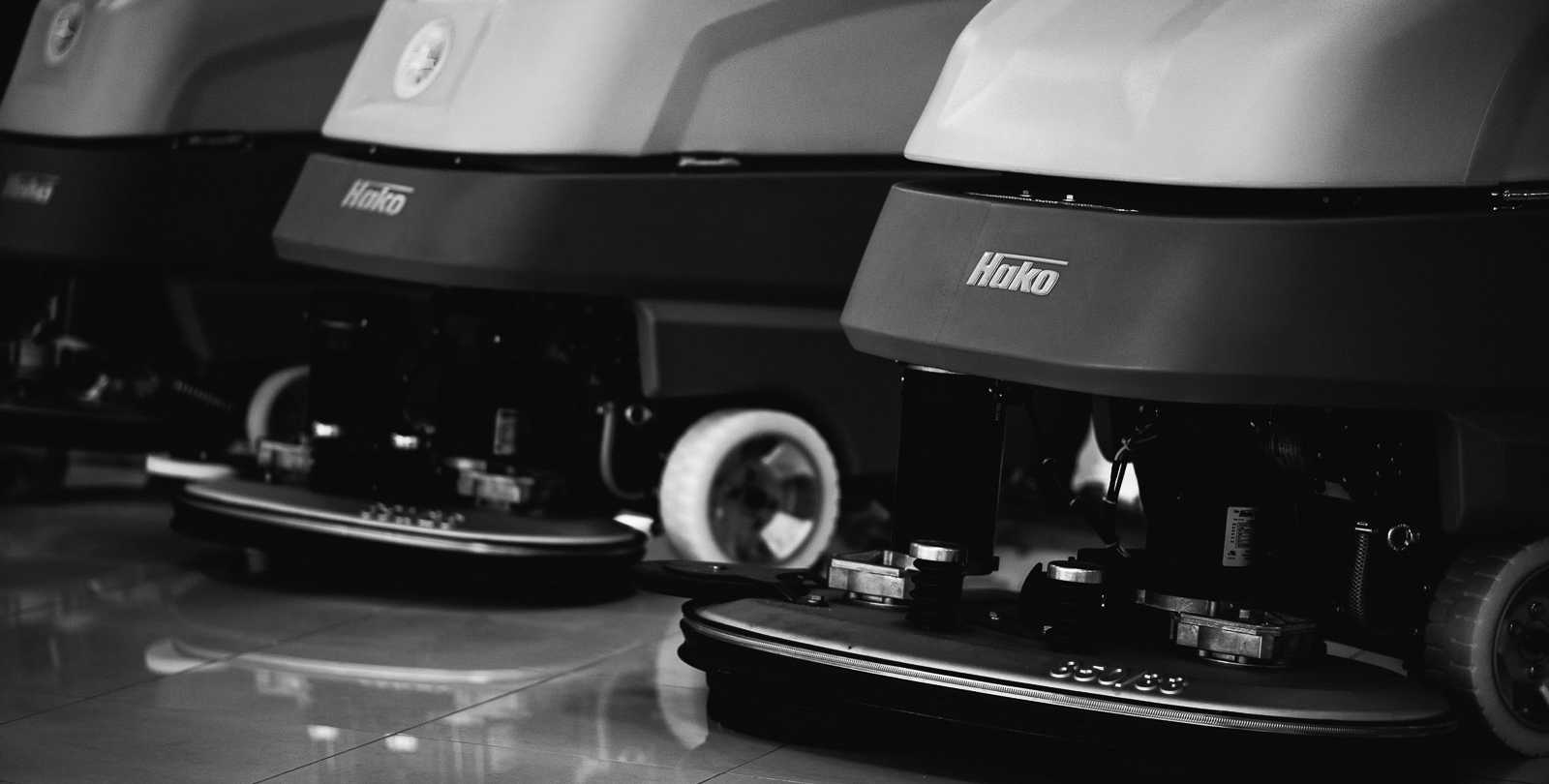
Timeline
From the motorised hand
to the technology of the future
Even before founding Hako in 1948, Hans Koch had a keen sense for the needs of his time: By developing “DiMoHa”, which is short in German for “the motorised hand”, he invented the worldwide first small powered cultivator. Then and now, in the best of tradition, with each new product and innovative feature, Hako actively participates in shaping the future of Cleaning and Municipal Technology!
The Beginning

1948
Foundation of Hako in Pinneberg near Hamburg. Both the powered cultivators and single-axis rotary hoes go into series production.

1954
Relocation of Hako to Bad Oldesloe.

1956
Development of the legendary motor hoe “Hakorette”, which, as a token of significant technical achievement, is exhibited in the Deutsches Museum in Munich, together with the “DiMoHa”!

1960
“Hakotrac T6”, the first compact tractor, goes into production.

1961
Development and production of the first European vacuum-sweeper.

1962
Construction of the subsidiary plant in Trappenkamp – which today is Hako’s competence center for plastics processing.

1975
The first European vacuum sweeper goes into production.

1980
Acquisition of American Cleaning Equipment Corporation – now operating as Minuteman International, USA.

1994
Way ahead of its time: Hako presents its first autonomously navigating cleaning robot!
A good start for the Cleaning Technology segment
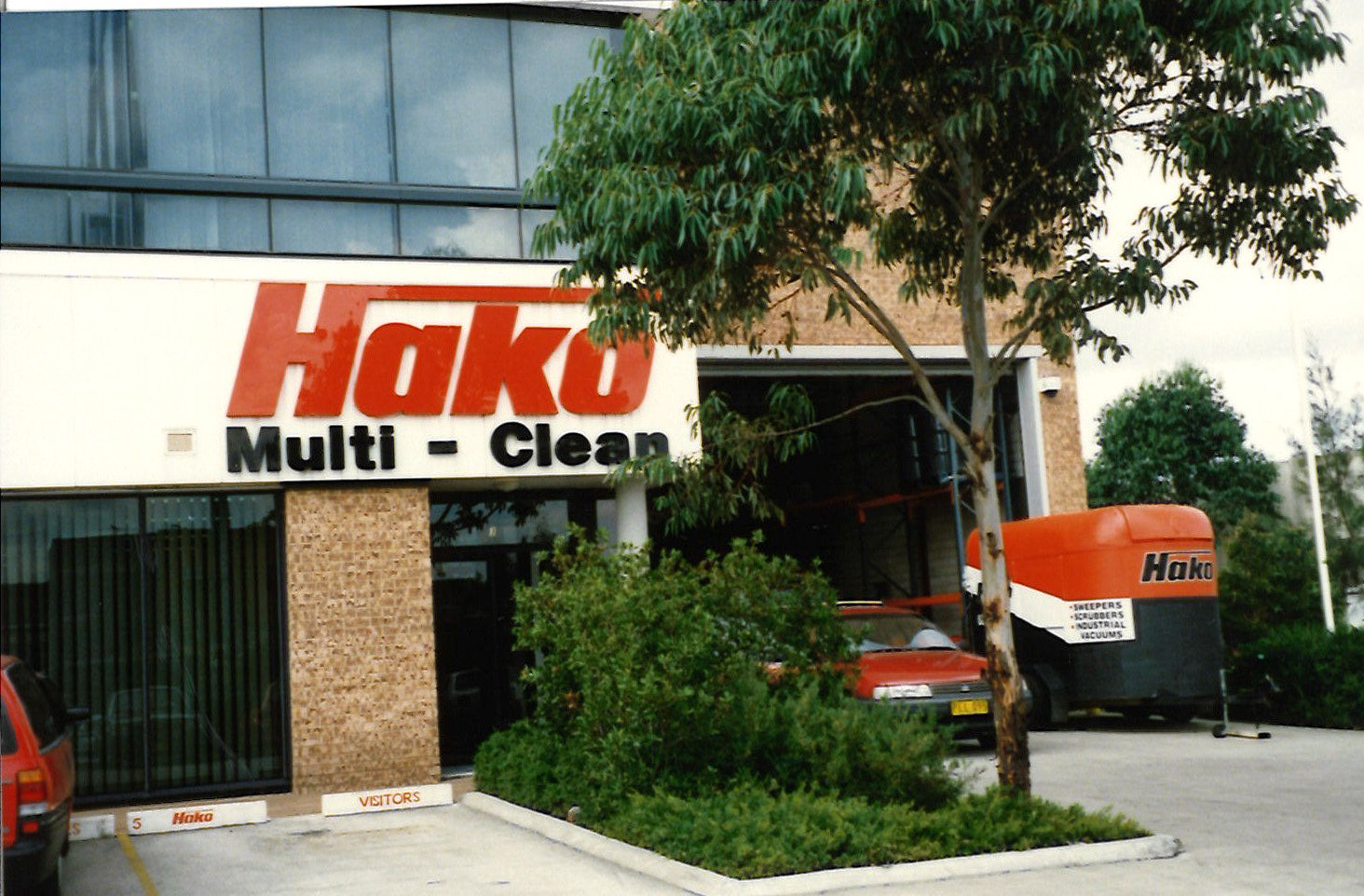
1984
Hako Minuteman acquired Multi-Clean Australia. It commenced the perfect blend of the German and USA made.
Multi-Clean, Minuteman, and Hako brands with knowledgeable and experienced floor care people.
The foundation was set.
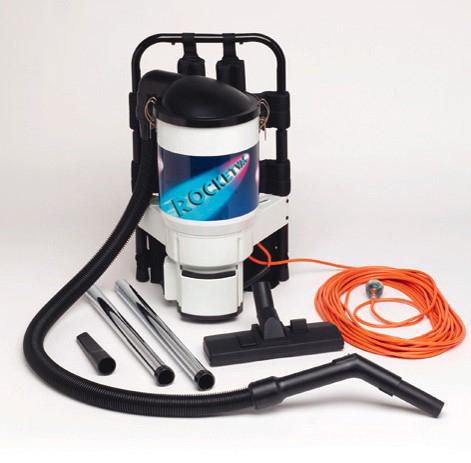
1997
In 1997 the acquisition of Rotobic from SC Johnson added not only the market-leading Rocket Vac back-pack vacuum and the Rotobic floor machine range, an influential Rotobic product engineer Tibor Frei added unprecedented technical knowledge and experience to the Hako Australia team

2005
Hako Australia made significant inroads into the industry but struggled to penetrate the Hako brand into the broader Australian market. The City cleaning division was created, and the company acquired Multicar. New owners Possehl Group also began to set the course for international growth.
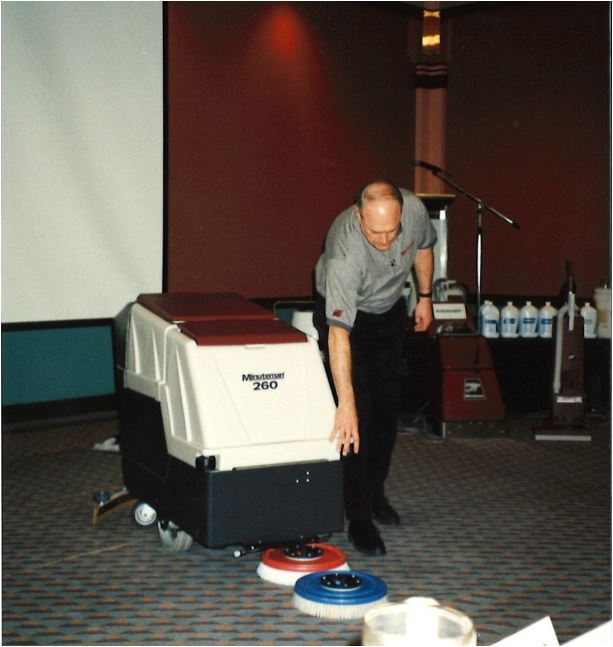
2008
Hako Australia added its Minuteman and PowerBoss brands in-house – bringing together its powerhouse brands - Hako, PowerBoss, Minuteman, and Rotobic.

2010
Hako Australia adds New Zealand to its responsibility to drive growth in the Pacific region. It expands its presence into Western Australia with the appointment of an exclusive WA Citymaster dealer.
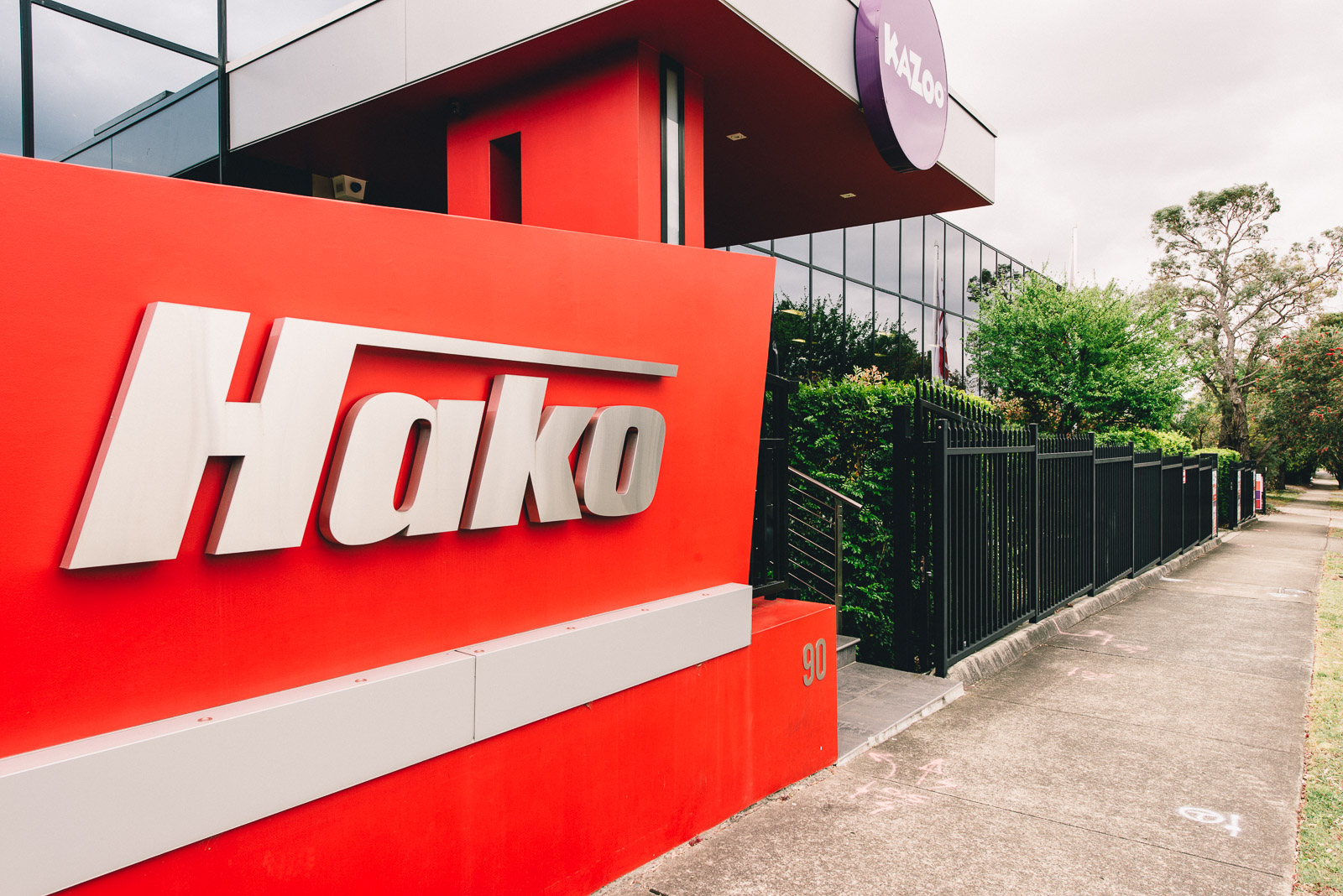
2012
Hako Australia moved into a 2700sqm state-of-the-art facility in Silverwater. It continued double-digit growth, secured national supply agreements, and became the market leader in the municipal segment, with its Citymaster compact sweeper range.
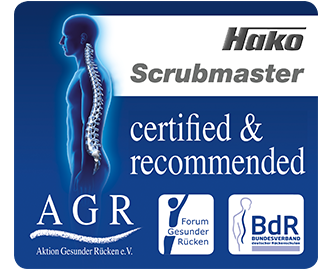
2016
AGR Quality Label: Clearly arranged operating elements, handling requires very little physical effort, superior seating comfort, ergonomic boarding, user identification, and clever details allowing fatigue-free working.
-1.png)
2017
Industry-first - QR code operator training videos for simple, quick smartphone access for in situ operator training.
One step ahead towards the Future
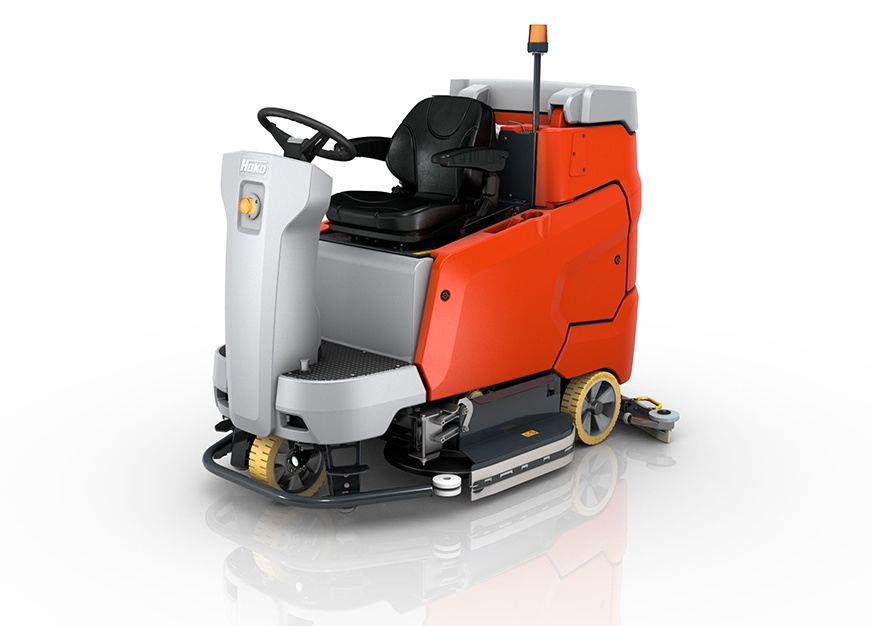
2018
Quick and comfortable changing of the brushes: Thanks to the automatic discharge and pick-up system.
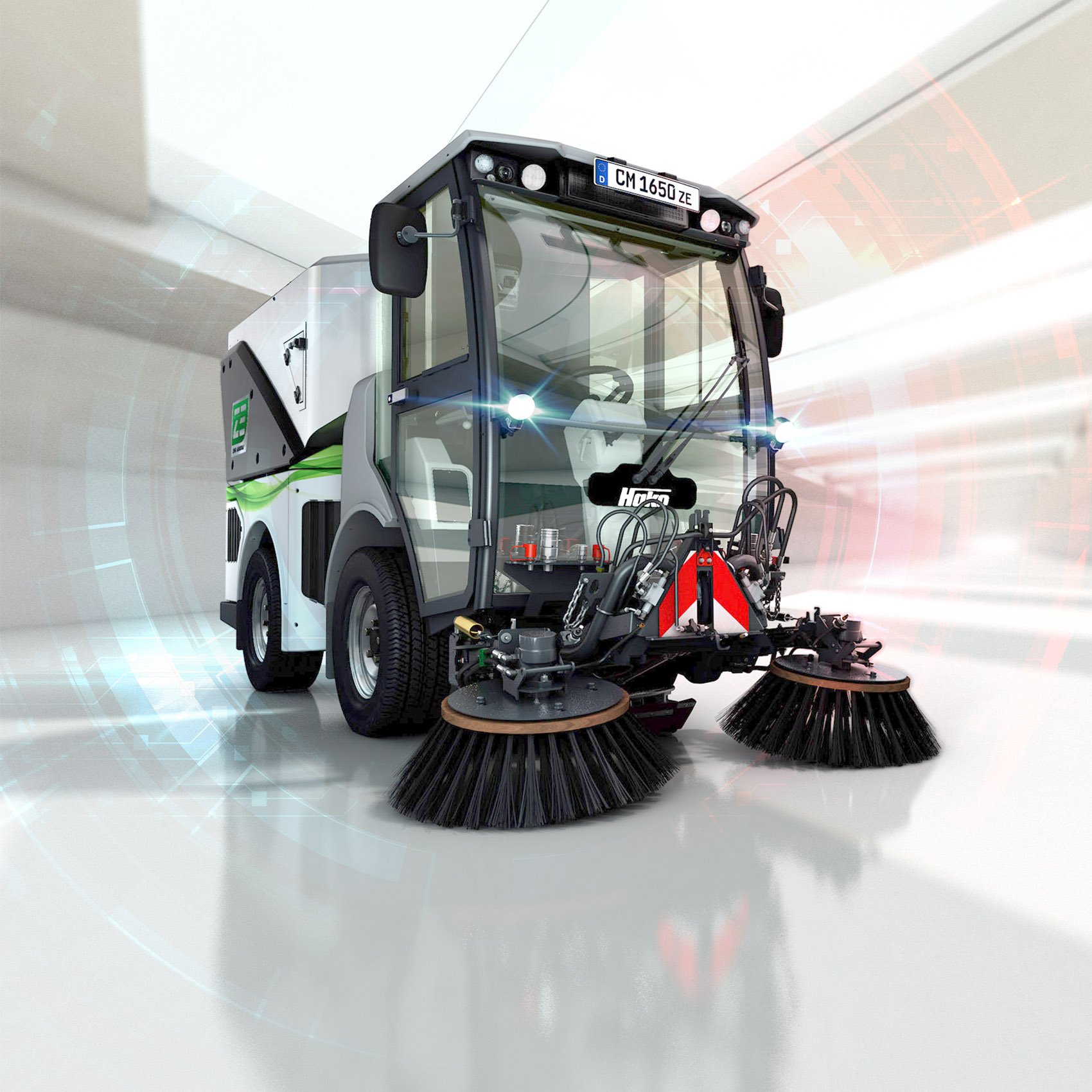
2020
At Hako, meeting our aspiration of combining economic efficiency and sustainability enjoys a top priority. This is why, in the field of electromobility, we take pride in developing zero-emission solutions for the future of Municipal Technology. The result: the Citymaster 1650 ZE – Hako’s all-electric city sweeper.
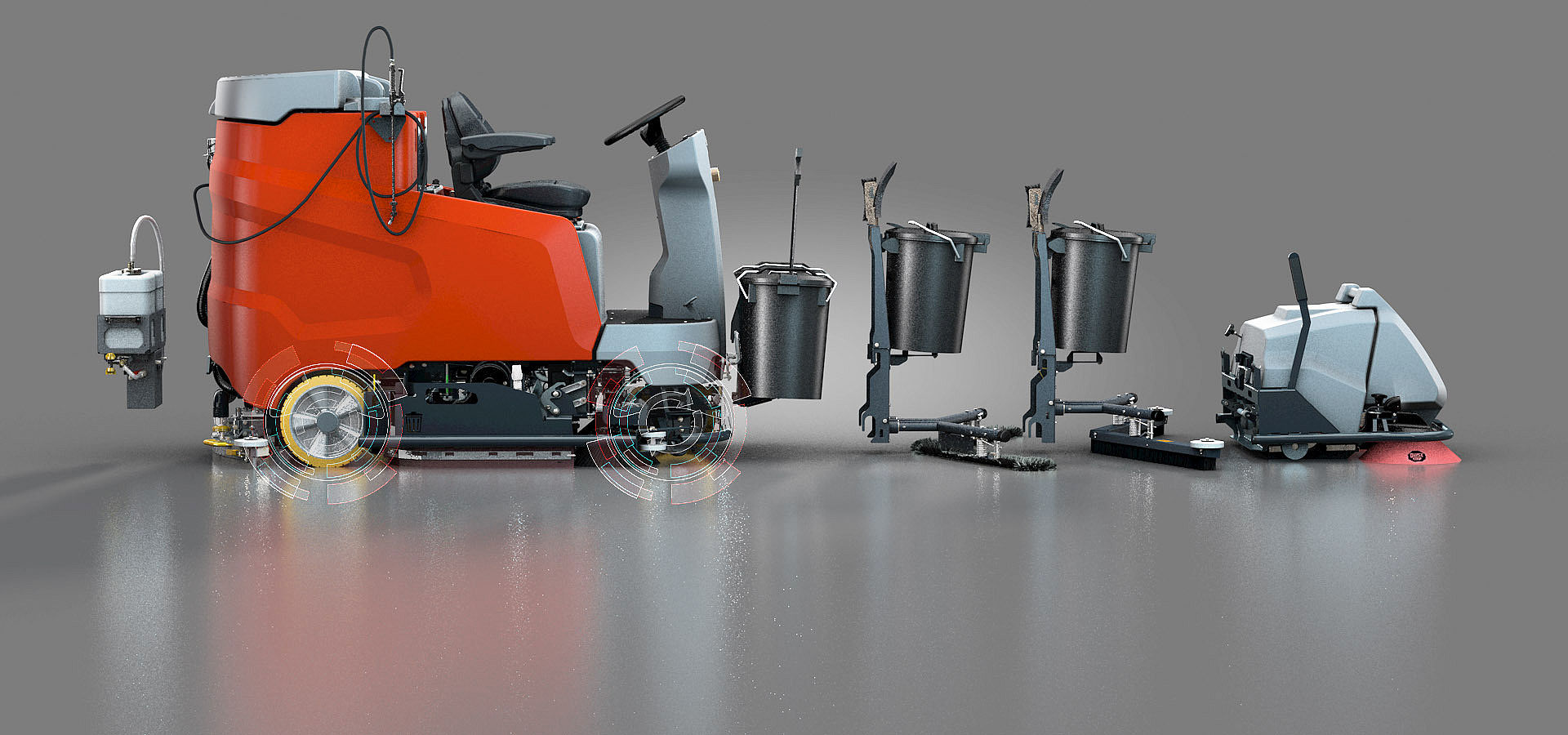
2021
Hako’s innovative quick-change system allows fast and uncomplicated upgrading of various Sweepmaster vacuum sweeper and Scrubmaster scrubber-drier models to extend the machines’ application options. Only one machine is needed to carry out different cleaning tasks in a single working step.